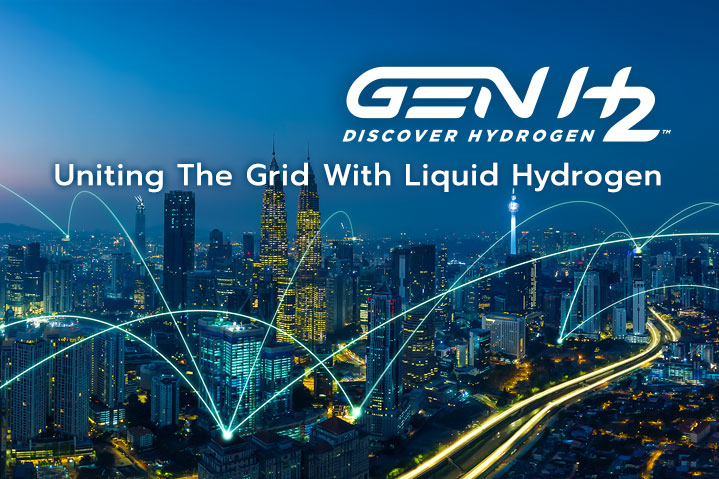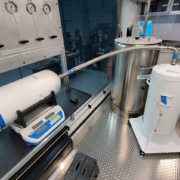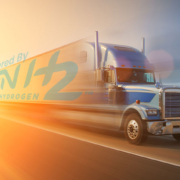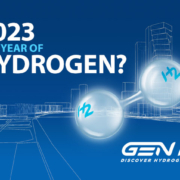Uniting The Grid With Liquid Hydrogen
By: GenH2 Staff
Read Time: 3 minutes
As the administration invests in critical technologies for producing, storing, and deploying clean hydrogen and programs for implementing grid resilience, the public and technology sector interests in transitioning to a green energy economy continue to rise. To transition to a fully eco-friendly economy for the future and connect the national energy grid to an eco-friendly power source like hydrogen, innovative approaches, and technologies are imperative to connect to areas where clean energy is needed. Attempts to increase the resilience of our national energy grid have had their challenges over the years. But thankfully, the Department of Energy’s (DOE) current focus on advancing the performance and cost of clean-hydrogen technologies, while supporting grid resilience and decarbonization, helps establish a more durable national grid using hydrogen or more specifically, liquid hydrogen supply.
Hydrogen energy is an important source (e.g., for hydrogen fuel cells) of sustainable and resilient power for the distribution grid system while preserving surrounding ecosystems. Like traditional fuels, the denser and more energy-intensive liquid hydrogen can be shipped to where it is needed to provide a reliable energy carrier for critical infrastructure during times of electrical grid failures or other emergencies. The ability to distribute liquid hydrogen through a decentralized truck-based system allows for flexibility and operational efficiency in an integrated approach to support the national grid.
Shipping tanker trucks allows for flexibility which can distribute up to 16,000 gallons of liquid hydrogen per tanker and provide energy to the grid while saving both time and resources during times of high demand or inclement weather. Once delivered, the storage and dispensing of liquid hydrogen can be done through regional controlled storage systems that use vacuum-jacketed liquid hydrogen transfer lines and then converted to electricity to support the grid. Hubs in each city will also allow communities to structure local grids to their own specifications, with additional efficiency being attained through implementing zero-loss systems which is critical to the preservation of the hydrogen, maximizing operational efficiency and cost savings.
Liquid hydrogen is also obtainable through green energy sources and can be liquefied on-site for on-demand energy carrier sources. The option of liquefying from electrolysis along with controlled storage at a grid location to build resilience also offers significant advantages. Integrating zero-loss storage and transfer liquid hydrogen systems within this network would again save vast amounts of energy by preserving an additional 13-26% of hydrogen throughout the value chain, with an additional 1% being saved per day during storage. Supplying localized power grids through liquid hydrogen allows for green energy to be widely implemented with fewer operational costs and lower environmental impacts. In this way, the national energy grid will not be a static system, but rather one with intricacy, flexibility, and resilience.
GenH2’s mission is to create infrastructure solutions for the liquid hydrogen value chain, focusing on liquefaction and storage of hydrogen and to accelerate widescale infrastructure rollout including supporting the resilience of energy grids. To learn more about how GenH2 revolutionizes light-scale hydrogen liquefaction and storage, see our press release of the LS20 Mobile Liquid Hydrogen System!











